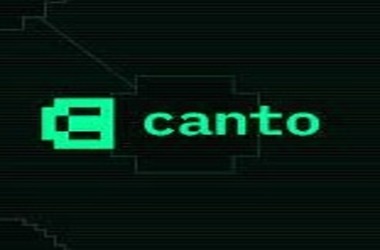
Polygon’s CDK, a versatile and open-source framework that operates without the confines of permission-based restrictions, stands as a key enabler in this migration. The CDK empowers blockchain enthusiasts to craft ZK chains that can be meticulously tailored to mirror the core ethos of a given community. These ZK chains, while preserving their independence, become integral components of a larger, interconnected ecosystem tethered to the Ethereum network. For Canto, this migration signifies that should consensus be reached within its community framework, aptly named the Canto Commons, the core development team will proceed to construct a ZK L2 that aligns harmoniously with the community’s principles, placing a premium on permissionless sovereignty and the facilitation of public liquidity.
The migration at hand is poised to endow Canto with the remarkable ability to seamlessly access Ethereum via the unified Polygon ecosystem. In terms of user security, this transition is underpinned by a state-of-the-art ZK prover, thereby inheriting robust cryptographic safeguards from Ethereum. As a result, the need for socio-economic incentives related to fraud proofs becomes superfluous, thus elevating both trust levels and the degree of decentralization within the network.
The term “neofinance” encapsulates a new era of financial efficiencies attained through the deployment of off-chain assets onto blockchain protocols. Polygon’s modular design serves as a powerful catalyst for unlocking these efficiencies on a grand scale, all the while preserving the pillars of security and liquidity. To realize neofinance at a substantial scale, the presence of deep liquidity becomes a prerequisite, and this is precisely where the migration to Ethereum’s ZK-powered L2 comes into play. Canto, in this regard, is set to leverage a Plonky2 ZK proving implementation, while steadfastly maintaining its existing proof-of-stake validator ensemble for decentralized sequencing. This strategic decision ensures that there will be no disruptive changes affecting Canto’s current validators or stakers.
It is worth noting that Canto is not treading this path in isolation. Earlier this year, both Celo and Fantom, two prominent entities in the blockchain landscape, made similar announcements about their intentions to transition into Ethereum Layer 2 networks. This collective shift reflects a broader industry trend that emphasizes integration with Ethereum’s expansive ecosystem. Consequently, Canto now joins the esteemed company of Astar, Immutable, IDEX, and Palm Network as ZK-based Layer 2 networks nurtured within the Polygon network’s ecosystem.
Canto’s migration to Ethereum’s Layer 2, facilitated by the instrumental support of Polygon’s CDK, represents a monumental milestone within the blockchain community. This undertaking serves as a testament to the unrelenting pursuit of integrating tangible real-world assets into the blockchain realm, ultimately steering the industry towards the envisaged future of neofinance. The ramifications of this migration are multi-faceted, culminating in heightened security measures, increased liquidity, and a pivotal step towards fostering greater decentralization and trustless guarantees across the blockchain landscape.